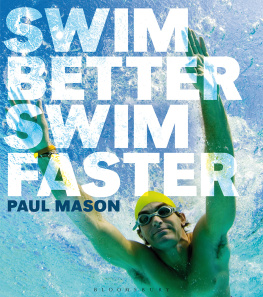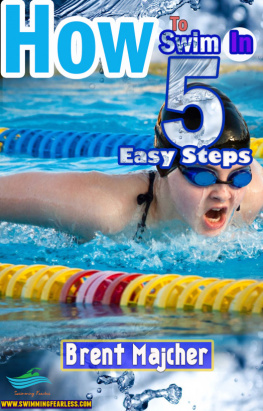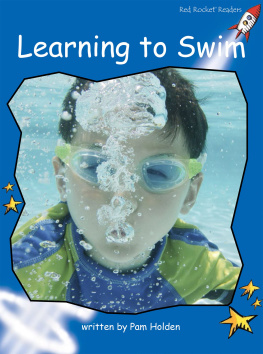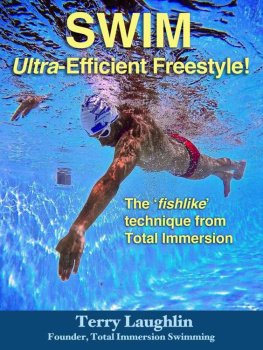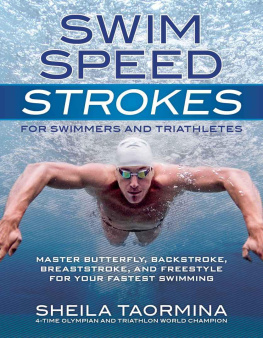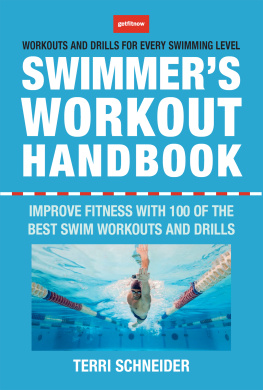
Note
While every effort has been made to ensure that the content of this book is as technically accurate and as sound as possible, neither the author nor the publishers can accept responsibility for any injury or loss sustained as a result of the use of this material.
Published by Bloomsbury Publishing Plc
50 Bedford Square
London WC1B 3DP
www.bloomsbury.com
First edition 2014
This electronic edition published in 2014 by Bloomsbury Publishing Plc
Copyright 2014 Paul Mason
ISBN (print): 978-1-4081-8654-1
ISBN (ePdf): 978-1-4081-8655-8
ISBN (EPUB): 978-1-4081-8656-5
All rights reserved You may not copy, distribute, transmit, reproduce or otherwise make available this publication (or any part of it) in any form, or by any means (including without limitation electronic, digital, optical, mechanical, photocopying, printing, recording or otherwise), without the prior written permission of the publisher. Any person who does any unauthorised act in relation to this publication may be liable to criminal prosecution and civil claims for damages.
Paul Mason has asserted his rights under the Copyright, Design and Patents Act, 1988, to be identified as the author of this work.
A CIP catalogue record for this book is available from the British Library.
Acknowledgements
Cover photograph Brian Stevenson/Aurora/Getty Images
Inside photographs, see
Illustrations by Tom Croft
Commissioned by Lisa Thomas
To find out more about our authors and their books please visit www.bloomsbury.com where you will find extracts, author interviews and details of forthcoming events, and to be the first to hear about latest releases and special offers, sign up for our newsletters here.

CONTENTS
ACKNOWLEDGEMENTS
More than anyone this book is for my Dad, who spent years waking me at 5.30 a.m. and driving me to the pool, and never complained once. He would have been tickled pink to see some of the knowledge I gained going back out into the world of swimming.
Thanks to Emma Mason for her irreplaceable help while the photos were being taken. Big thanks to the folks at the photo locations, particularly Sao at Quinta Raposeiras, Portugal; also everyone at Arena, Biarritz, and the pool staff at One Shenton, Singapore.
Page references are to the print edition.
All photos Paul Mason, with the exception of those on pages: 5 Hiper Com/Shutterstock; 7 (bottom) Friso Gentsch/DPA; 7 (top), 1213, 18, 221, 34, 37, 3839, 55, 5657, 64, 77 (both), 79, 87, 8889, 101, 120, 128129, 131 (both), 132, 146, 154155 Shutterstock; 11 David Madison/Getty Images; 1819 (across middle) Arztsamui/Shutterstock; 19 (right) and 55 BrunoRosa/Shutterstock; 7474 Herbert Kratky/Shutterstock. 78 Ralf Herschbach/Shutterstock; 92 Frank Gunn/The Canadian Press/Press Association Images; 99 Bob Thomas/Getty Images; 102103 and 137 Stefan Holm/Shutterstock; 113 Maxisport/Shutterstock; 114 Africa Rising/Shutterstock; 114115 July Store/Shutterstock; 118119 Michael Sohn/AP/Press Association Images; 130 Rob Wilson/Shutterstock; 133 Alain Lauga/Shutterstock; 134 David Ebener/DPA/Press Association Images; 143 Steve Parsons/PA Archive/Press Association Images; 144 Alberto Loyo/Shutterstock; 148149 sinister pictures/Demotix/Press Association Images.
INTRODUCTION
swimverb bathe, dip, be awash, glide, move through water using natural means of propulsion
This book grew out of the experience of coaching swimmers. Not top-level racers striving for national championships or dreaming of Olympic glory. Ordinary swimmers. The ones who fall somewhere between Becky Adlington and people who would only swim if they fell out of a boat.
In other words, most of us.
IS THIS BOOK FOR YOU?
There are lots of good books on swimming out there. To work out if this particular one will help you, ask yourself if you fit into one of these categories:
Are you a keen swimmer who turns up at the pool and regularly swims for half an hour or more, getting fitter and fitter but never much faster?
Does it feel as though youre splashing your way up and down the pool, while you notice the really good swimmers smoothly gliding along?
Would you like to be able to do triathlons, but find the swim leg so daunting that it puts you off?
Do you find swimming front crawl so tiring that you can only manage a couple of lengths at a time even though you can swim breaststroke for ages?
Are you aiming to take part in a long swim for charity and feeling nervous about completing the distance, or maybe wishing you could swim front crawl instead of breaststroke?
If you read one or more of these and felt a flash of recognition, Swim Better, Swim Faster can help.
SIX SIMPLE ELEMENTS
Swim Better, Swim Faster separates front crawl into six key elements. Work on just one of these for even a few hours, and you should feel an improvement in your stroke:
1. Flexibility
2. Body position
3. Arm stroke
4. Breathing
5. Kicking
6. Stroke and rhythm
People often feel that they have a particular problem with one of these areas, and concentrate on that. But the trick with swimming is to get all the elements of your stroke working together smoothly and in balance. Work on all six over a period of time, and your swimming will quickly improve.
TURNS
As well as swimming technique, Swim Better, Swim Faster has advice on turns:
Many pool swimmers would like to learn tumble turns, which are a great way of getting more out of your time in the pool.
Triathletes taking part in cold-weather races often do the swim leg in a pool. In some triathlons swimmers are banned from doing tumble turns but its still possible to make up a lot of time by doing the fastest possible touch turn.
Top tip
The advice and drills in Swim Better, Swim Faster will make you a good freestyle swimmer. But improvement doesnt stop there.
BECOME YOUR OWN COACH
This really works: after over 40 years of swimming, I still think about my technique on just about every length I swim, try new things, and develop new ways of training.
Always be careful, though, about picking up bits and pieces of advice from the internet. Theres more than one style of swimming front crawl. The technique in this book is good for swimming middle and longer distances, but may not be what a typical sprinter would use. Mixing and matching from different styles isnt likely to help your stroke.
OPEN WATER
Open-water swimming in lakes, rivers and the sea is a fast-growing area of the sport. The back-to-nature vibe, and the fact that its generally free, fits the spirit of the times. But if youre used to pools, swimming in open water requires adaptations to your approach. You also need one or two extra pieces of equipment. See to find out more.
RAPID IMPROVEMENTS
Putting Swim Better, Swim Faster into action should lead to noticeable gains within a relatively short time. Swimmers often report a measureable improvement within three or four hours. Within 10 to 12 hours, most people find their stroke has become smoother and more efficient.
To help you get maximum benefit from the book, at the back youll find suggested . Each session focuses on a different aspect of your front-crawl style, and is between 20 and 40 minutes long. If you have more time than this, its easy to combine the main sets from different sessions together.

